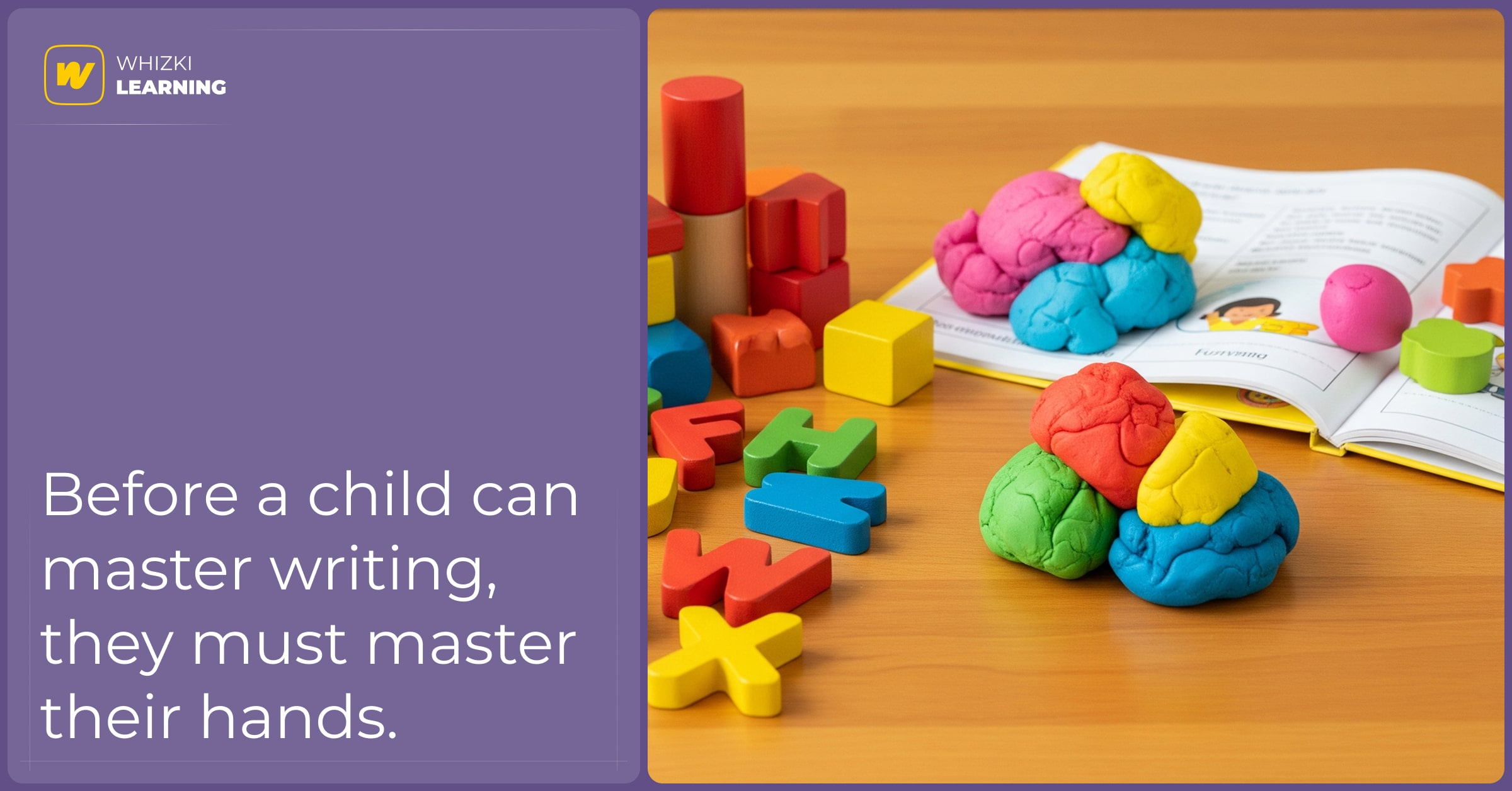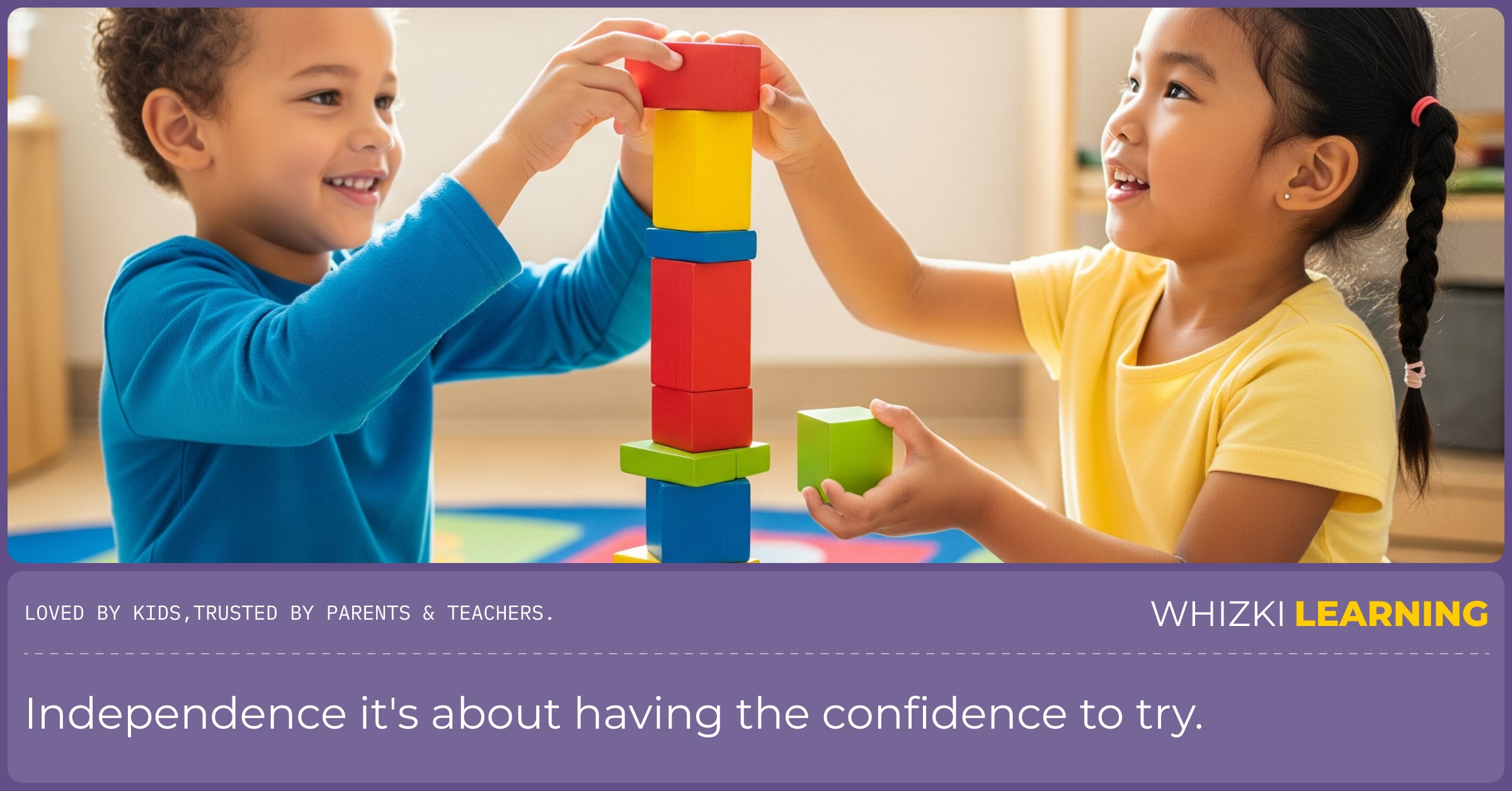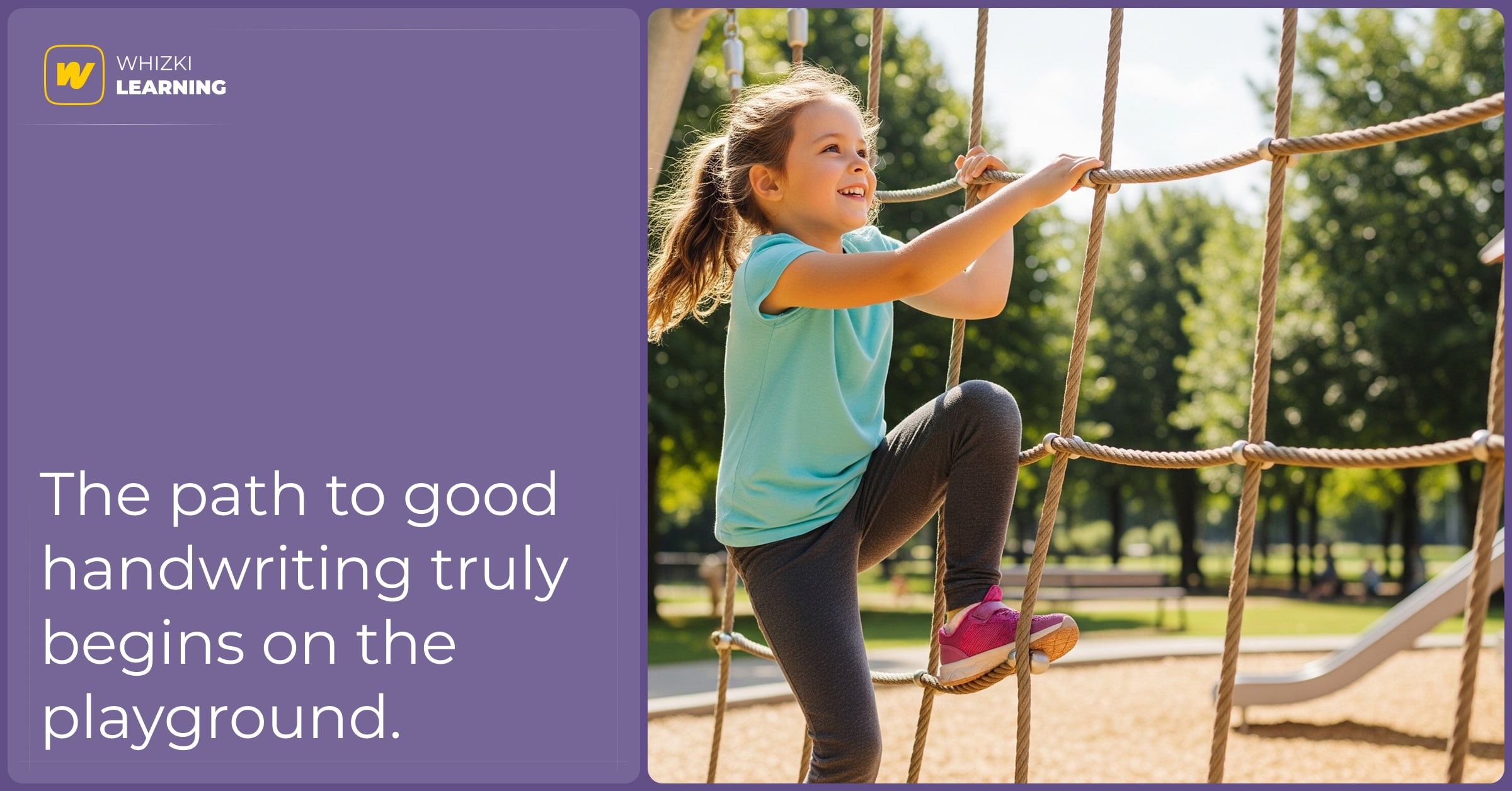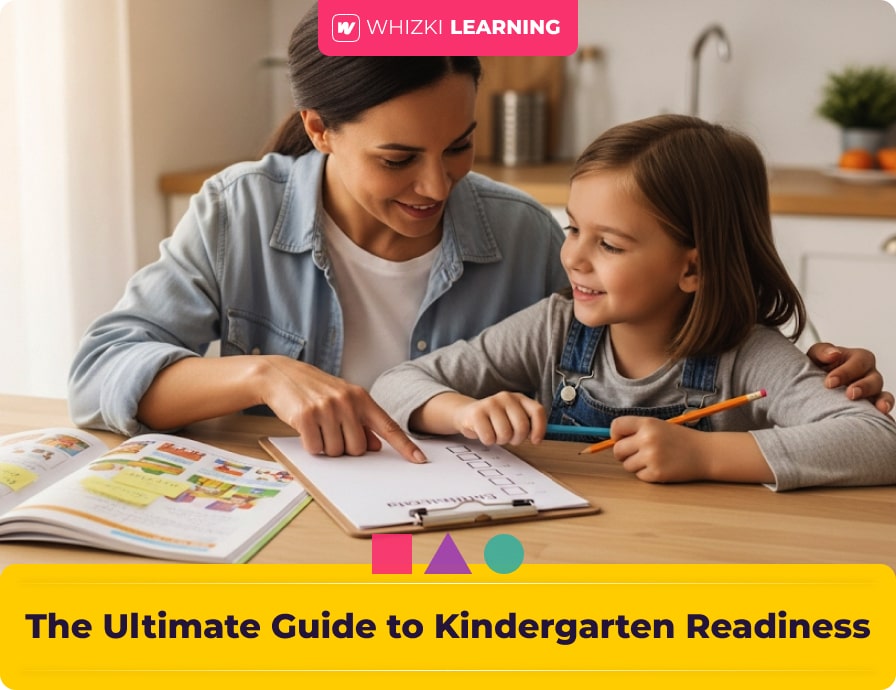There is perhaps no question that causes more quiet anxiety for parents of preschoolers than this one: 'Is my child ready for kindergarten?' We picture a classroom full of other children who seem to know their letters, who can sit perfectly still, who raise their hands and tie their own shoes. And we worry. Have we done enough? Are they prepared for this huge new chapter?
Let’s take a collective deep breath. The purpose of this guide is to completely reframe that question. 'Readiness' is not a race to a finish line of academic skills. It is not a test your child can pass or fail. True kindergarten readiness is a holistic state of being. It's about nurturing a curious mind, a resilient heart, a capable body, and a confident spirit. It's about the 'whole child.'
The goal of early childhood education should not be to fill a child with facts, but to cultivate their own natural desire to learn.- A wise teacher
This is your ultimate, A-to-Z guide. We will leave no stone unturned. We will break down every aspect of readiness into simple, playful, and actionable steps. This is not another list to make you feel overwhelmed. This is your roadmap to feeling calm, confident, and excited for the incredible adventure that lies ahead-for both of you.
Chapter 1: Redefining 'Readiness' - The Most Important Mindset Shift
Before we touch a single letter or number, we must start here. The single greatest gift you can give your rising kindergartener is not a head start in reading, but a foundational belief in their own ability to grow. This is the core of a growth mindset. A child with a growth mindset believes that their abilities can be developed through effort and practice. They see a challenge not as a threat, but as an exciting puzzle. A child with a 'fixed mindset' believes their talents are static, and they give up easily to avoid looking 'not smart.' Every activity in this guide should be filtered through that lens. We are not judging their performance; we are celebrating their process and their effort.
Chapter 2: Academic Readiness - The Playful Approach
Yes, academic skills are important. But they can and should be developed through joyful, hands-on play, not stressful drills. This section breaks down the key academic pillars.
2.1 Pre-Literacy Skills: More Than Just the Alphabet
Literacy is a big house built on many small bricks. Simply memorizing the ABCs is like having a pile of bricks without knowing how to build a wall.
- Phonological Awareness: This is the ability to hear and play with the sounds in language. It's the most critical pre-reading skill. Play 'I Spy' with sounds ('I spy something that starts with the /k/ sound'). Read rhyming books and clap out the syllables in your child's name (An-na! Two claps!).
- Print Awareness: Help them understand that the squiggles on a page have meaning. Run your finger under the words as you read. Point out letters on street signs, cereal boxes, and everywhere in between.
- Narrative Skills: The ability to understand and retell a story. After reading a book, ask 'wondering' questions. 'I wonder why the wolf was so grumpy?' This skill is a better predictor of reading comprehension than letter recognition.
- Letter & Sound Recognition: This is where our free Learning Hub comes in. Explore one letter a week in a multi-sensory way. For the letter 'S', you can draw it in sand, form it with play-doh, and then find the 'S' page in a preschool workbook for structured practice.
2.2 Pre-Writing & Fine Motor Skills: Getting Hands Ready
Before a child can master writing, they must master their hands. This journey from chaotic scribbles to controlled letters is long and requires building strength and coordination from the shoulder down to the fingertips. Our ultimate guide to handwriting covers this in immense detail, but the core is simple: play!
- Hand Strength: Squeezing play-doh, using a spray bottle to water plants, tearing paper for collages, using clothespins to pick up pom-poms.
- Pincer Grasp: Peeling stickers, threading beads or pasta, picking up small snacks like peas or cereal.
- Scissor Skills: Start by snipping the edges of play-doh, then move to cutting straight lines on paper.

2.3 Early Math & Logic Concepts: Finding Math Everywhere
Math isn't just counting. It's about seeing relationships, patterns, and order in the world. Your kitchen is the best first math classroom.
- Number Sense: Go beyond rote counting. Practice 'one-to-one correspondence' by having your child place one napkin at each plate. Ask 'How many?' after they've counted.
- Sorting & Classifying: This is a core scientific and mathematical skill. Sort laundry by color. Sort utensils from the dishwasher. As we learned in our kitchen science guide, these everyday tasks are powerful learning moments.
- Geometry & Spatial Sense: Go on a 'shape hunt' in your house. The clock is a circle, a window is a rectangle. Use blocks to build and talk about how the shapes fit together.
- Patterns: Patterns are the foundation of algebra! Make patterns with colored blocks (red, blue, red, blue), with food at snack time, or with movements (clap, stomp, clap, stomp).
Chapter 3: Social-Emotional Readiness (The True Foundation)
This is it. If you focus on only one area, make it this one. A child who is kind, can manage their frustration, and knows how to ask for help is more 'ready' than a child who has memorized the entire solar system.

3.1 Independence Skills
Kindergarten teachers will thank you for this. Independence isn't about doing everything alone; it's about having the confidence to try.
- Self-Care: Can they manage their own bathroom needs, wash their hands, and attempt to put on their own coat and shoes?
- Managing Belongings: Can they hang their own backpack on a low hook and put their lunchbox in their cubby? Practice this at home.
- Following Multi-Step Directions: Give them simple, two-step instructions, like 'Please get your shoes from your room and bring them to the door.'
3.2 Social Skills
- Sharing & Turn-Taking: The best way to practice this is by playing simple board games at home.
- Entering a Group: Don't just watch other kids play-give your child a script! 'It looks like they're building a big tower. You could go over and say, 'That's a cool tower! Can I help?''
- Communicating Needs: Encourage them to use their words instead of grabbing or whining. 'Can you use your words to ask for a turn with the blue crayon?'
3.3 Emotional Regulation & Resilience
This is perhaps the most important skill of all. A kindergarten classroom is full of small frustrations. A child who can handle them is set up for success. This is a huge topic we cover in our guide to managing big emotions.
Chapter 4: The Physical Foundation (Gross Motor Skills)
It's easy to forget that sitting at a desk and holding a pencil requires a tremendous amount of physical strength and endurance. The path to good handwriting truly begins on the playground.

- Core Strength: Swinging, climbing, and animal walks all build the core muscles needed to sit upright in a chair without slumping.
- Upper Body Strength: Hanging from monkey bars is the number one activity for building the shoulder and arm strength required to control a pencil for extended periods.
- Balance & Coordination: Walking on a curb or a fallen log is a fun way to build the balance needed for navigating a busy classroom and playground.
As we detailed in our guide to learning through movement, a child whose body has had enough 'big work' is much more prepared for the 'small work' of the classroom.
Whizki: Your Partner in Readiness
This guide is a framework, and our printed workbooks are the perfect tool to put it into practice. A kindergarten prep workbook from our store isn't a test; it's a playground for all these skills. It's a safe space to practice holding a pencil, to feel the pride of solving a puzzle, and to sit with you in a moment of quiet, focused connection. We provide the tools so you can focus on the joy of discovery.






